In the new Un-hidden Bucharest interview, Daia – Diana Grigore remembers how she irremediably fell in love with graphic design and illustration, and shares her vision of what a “good” poster means, impressions and career lessons acquired at Visual Playground 2019, her relationship with her sketchbooks and how Bucharest would look if drawn in one of them, why she likes murals and what are the upcoming experiments in her professional journey, as well as what she finds fascinating at film photography. Welcome to her ever-expanding, playful and vibrantly coloured artistic universe, with bold insertions as food for thought & change!
f: Hello, Diana, you recently attended Visual Playground, where you had the chance to interact with internationally renowned names in creative fields such as illustration, animation, graphic design and lettering – on Instagram, you mentioned Vasjen Katro / Baugasm, Magoz and Jose Lorenzo, Emiliano Ponzi, Jordan Metcalf, MUTI studio. With what new perspectives have you left the workshops – in terms of concept, technique or ideas for future projects – animation, perhaps?
Daia – Diana Grigore: Hellooo! I can say that Visual Playground was one of the best events I’ve ever experienced professionally. It was a mix of emotions, excitement, fatigue, happiness, and especially that wonderful feeling that you are where you need to be. It doesn’t seem to be something I encounter very often, and when I feel this, I try to enjoy and get involved 100% in all it offers me.
I had the opportunity to meet incredibly warm and open people, willing to answer any question and share with you all the knowledge you needed. There many things I learned from the workshops and the conversations we all had at a beer afterwards, which helped me to make some order in my thoughts and figure out what I want from myself. Among them, there’s the idea that wherever you are in your career, it’s ok where you are.
It’s a very toxic and much too practised thing in the creative industry (and beyond), to compare with each other and always know where we stand, who’s better than whom. Magoz said something very interesting: “No matter where we are in our careers, we are all the same.” We all struggle with the same existential crises, creative blockages and clients who don’t see in us what we’d like them to see. And it’s ok, it’s part of the process.😊
f: You’ve done several works for PosterJam, one included in last year’s RDW exhibition at Hub A. Another focused on REWRITE, the theme of the 2018 edition of The Power of Storytelling. Tell us about these collaborations and what elements are necessary, in your view, for a “good” poster.
Daia – Diana Grigore:
From my point of view, a poster is good when it has a clear subject, visual coherence and captures your attention at least for a few seconds, doesn’t let you pass by without stopping to see what it wants to tell you.😊
I don’t think there’s a recipe for a successful poster; I think a decisive factor in defining its quality is the context and purpose for which it was conceived.
For me, when creating a poster, it’s very important to feel like having fun, playing games, trying out new stuff in programs, and getting out of the comfort zone as much as possible.
f: A project we were recently discussing with Alina Marinescu and in which you were also involved is Școala9 [School9]. You illustrated fears related to school, both of the pupils and the parents, as well as the platform’s Newsletter. Did this collaboration raise any memories? How did your studies influence what you are doing today, what was it like at UNArte and before college, what did you enjoy or would have wanted to be different?
Daia – Diana Grigore: Starting the classes at UNArte [National University of Arts] was one of the most significant changes I’ve been through so far because the high school I graduated from was not of arts, but a theoretical one. The experience in high school was not at all pleasant for me, I couldn’t find my place anywhere, it was all very rigid, pretentious and distant.
My predilection for visual arts was something everyone saw in me and which I was aware of. However, growing up with the belief that you can’t make a living by doing art, I gradually detached from the idea that I would develop a career in the field. Yet something magical happened in high school – I irremediably fell in love with graphic design and illustration, so I decided to go to a college following this path. I’ll never forget how I felt joining a collective where it wasn’t strange to draw on all the notebooks, to dress colourfully and say what you think. It was as if all my life I’d walked in the most uncomfortable high heels and finally I took them off.
f: We virtually browsed through thoughts, quotes and the lettering experiments in your sketchbook. What do you like about sketchbooks compared to digital illustration? What do you feel when sharing your intimacy with others?
Daia – Diana Grigore: In 2018 I started a personal project with the purpose of motivating myself to draw/write something daily, so I took a sketchbook where I wrote, in the many ways possible, different words, from song lyrics I’d wake up with in my head to things I’d hear on the streets or that were passing through my mind in that day. The most exciting thing was that I didn’t expect people to understand much of them because some seemed completely random if I hadn’t seen them through my filter. However, I received lovely feedback, and I think I’ll do it again soon.
Regarding my relationship with sketchbooks, it’s complicated. There are moments when I fill one in a week and believe that the best feeling is to make mistakes and tear the sheets when you don’t like what you draw. Sometimes I feel that the trees don’t deserve to be hurt this way, and I desperately look for the undo button. Still, I don’t think I could ever start a project without putting the pencil on paper first. That moment when you have the blank sheet in front of you and don’t know where to start is equally intimidating and charming.
f: You’ve illustrated a poem for the initiative 5poems, and within the agency where you work – an educational catalogue for moms. How do text and drawing get along in your case? Is the text a limitation, a challenge, an opportunity? Do you plan on book illustration projects and, if so, on what types of books and authors do you wish to focus?
Daia – Diana Grigore: Lately, I began focusing on editorial illustration because I realised that I really like to have a support on which to build the illustration, a starting point.
I am currently working on my bachelor’s degree, which consists of illustrating a children’s book (soon you’ll find out more). I want to go on this path and have more projects of this kind.
I have a pretty childish character and find myself in this area of colourful illustrations, full of smiley-faces and imperfect lines. In the end, when I look at them and feel how the inner child rejoices, I know I’m happy with what I’ve done, that it has achieved its purpose.
f: The BOLD ones series also captured our attention. Tell us more about the approached themes, the combination of intense colours underlying your illustrations, and what you’re working on now.
Daia – Diana Grigore: The illustrations from the series “The BOLD ones” are linked through the outline, the full shapes and vibrant colours. The ideas behind each differ; among them, there are mini-protests against bras and social media frustrations. Others approach more personal topics as in the case of “The repressed cravings of a quitter”.
Also part of this series are those entitled “Lies” (later turned into pins), inspired by the childhood disappointment when the packaging didn’t correspond with its content and instead of biscuits you’d find buttons, and in the ice cream box there were sarmale [traditional food in Romania – meat rolls in cabbage or vine leaves].
f: When you’re not in front of the computer or sketchbook, where can we find you in Bucharest? What do you love about the capital? Is the city a source of inspiration for you?
Daia – Diana Grigore: Among the favourite places in the capital are Papila, Beans&Dots, M60, Apollo, Point. Lately, I don’t find myself too much in the chaos between Bucharest’s concretes and I prefer retreats in parks (Circului is my favourite) or Lacul Morii when it’s sunny. Most of all, I like riding the bicycle through the city during the night, on the streets and alongside the houses of Bucureștii Vechi. Otherwise, I find peace in my garden, in my hometown Buzău, which my super-passionate about flowers mother (hi mom!) turned into a corner for fairies.
As for the source of inspiration, I find it in all experiences and details surrounding me, so the city I live in plays an essential role in my creative process.
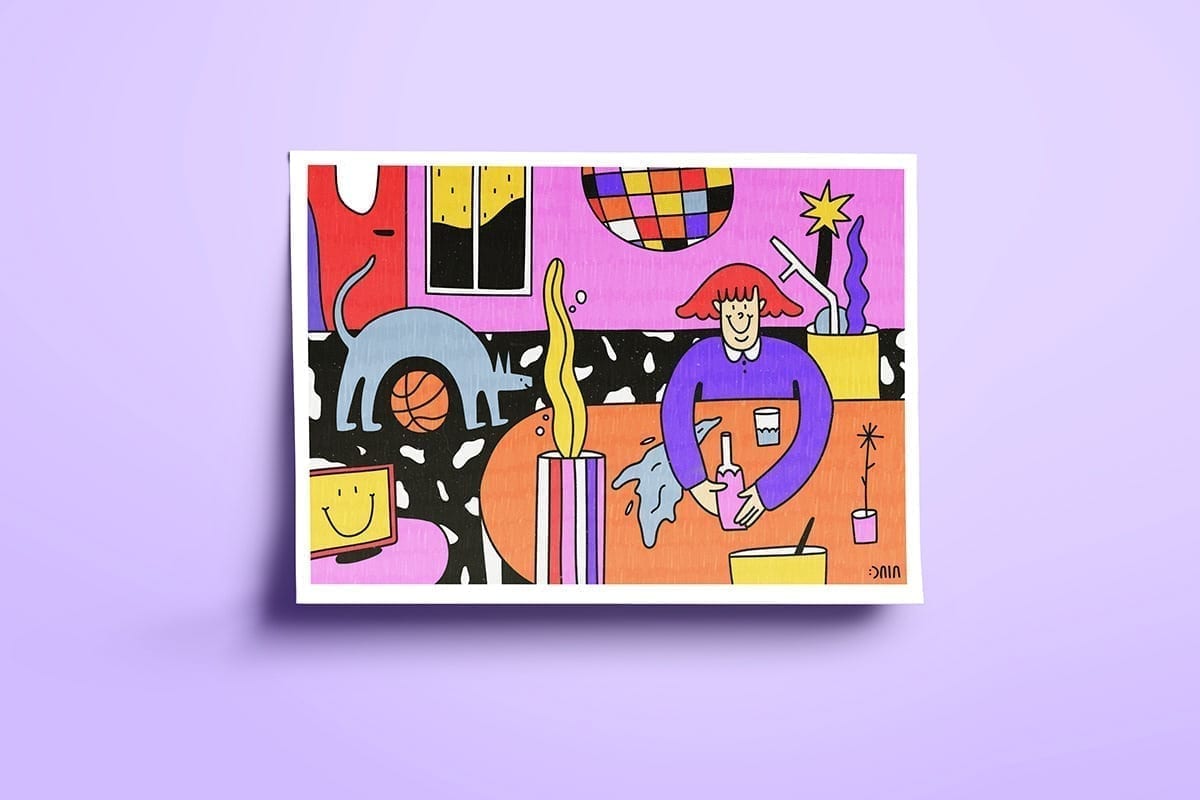
f: We’re happy to hear that your favourite spots in town are among the places where street art enthusiasts can find the Un-hidden Bucharest map, which comprises the interventions in the public space signed by local and international artists. Is there any such creation that caught your attention in Bucharest or on the streets of other cities? Nowadays, illustrators leave their creative mark through mural paintings. Have you thought of a street art project by now?
Daia – Diana Grigore: It always seemed very important to give a real dimension to the works I create. To let them slide out of the screen, to be able to materialise them in one way or another.
Murals have always captured my attention, and I think they are one of the most beautiful ways to give life to your works and give people who walk around the city frowned a small present they can enjoy, at least for an Instagram story.
I think it’s incredibly cool to see your illustration, which was initially the size of the sketchbook, how it gets to fill a wall bigger than you. So yes, I’d sure love to work on a street art project in the future and hope it will happen soon.😊
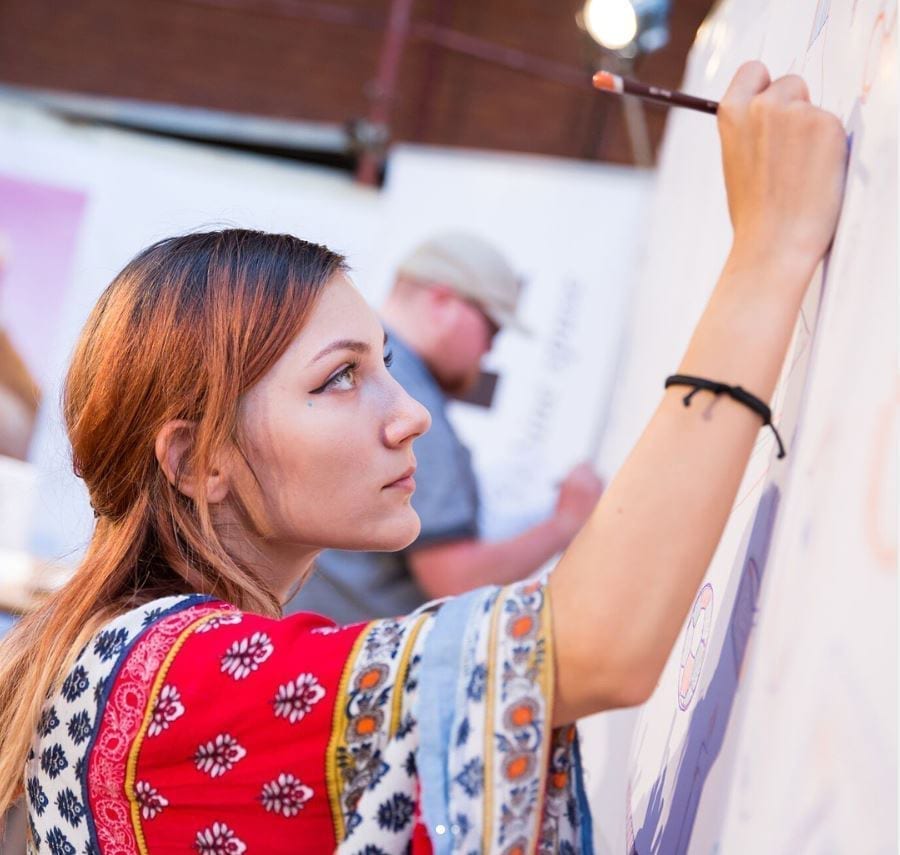
f: Looking at your passions beyond drawing, on Facebook, you have a photo album titled “Portuguese films”. What other creative areas besides photography you enjoy exploring or inspire you in what you do?
Daia – Diana Grigore: As long as I’ve known myself, I was cautious with my memories and kept them as close as possible to be sure I won’t lose them. I’ve discovered since childhood that photography is perhaps the most beautiful way to keep alive a moment with myself even after it’s gone. I’ve never taken classes in this respect and never done it professionally, but purely in an intuitive and personal manner. Film photography fascinates me in all aspects it implies, with all its texture, surprises and imperfections. Every time I go to develop it, I feel like a child anxiously waiting to find out what he has received for Christmas.
There are many things I like and did over time, from handmade jewellery to poetry, but most of all, I identify with what I do now, with illustration and graphic design. In this regard, I plan experimenting more with animation, print on textiles and eventually to paint murals.
f: If you’d dedicate a sketchbook page to Bucharest, how would it look like?
Daia – Diana Grigore:
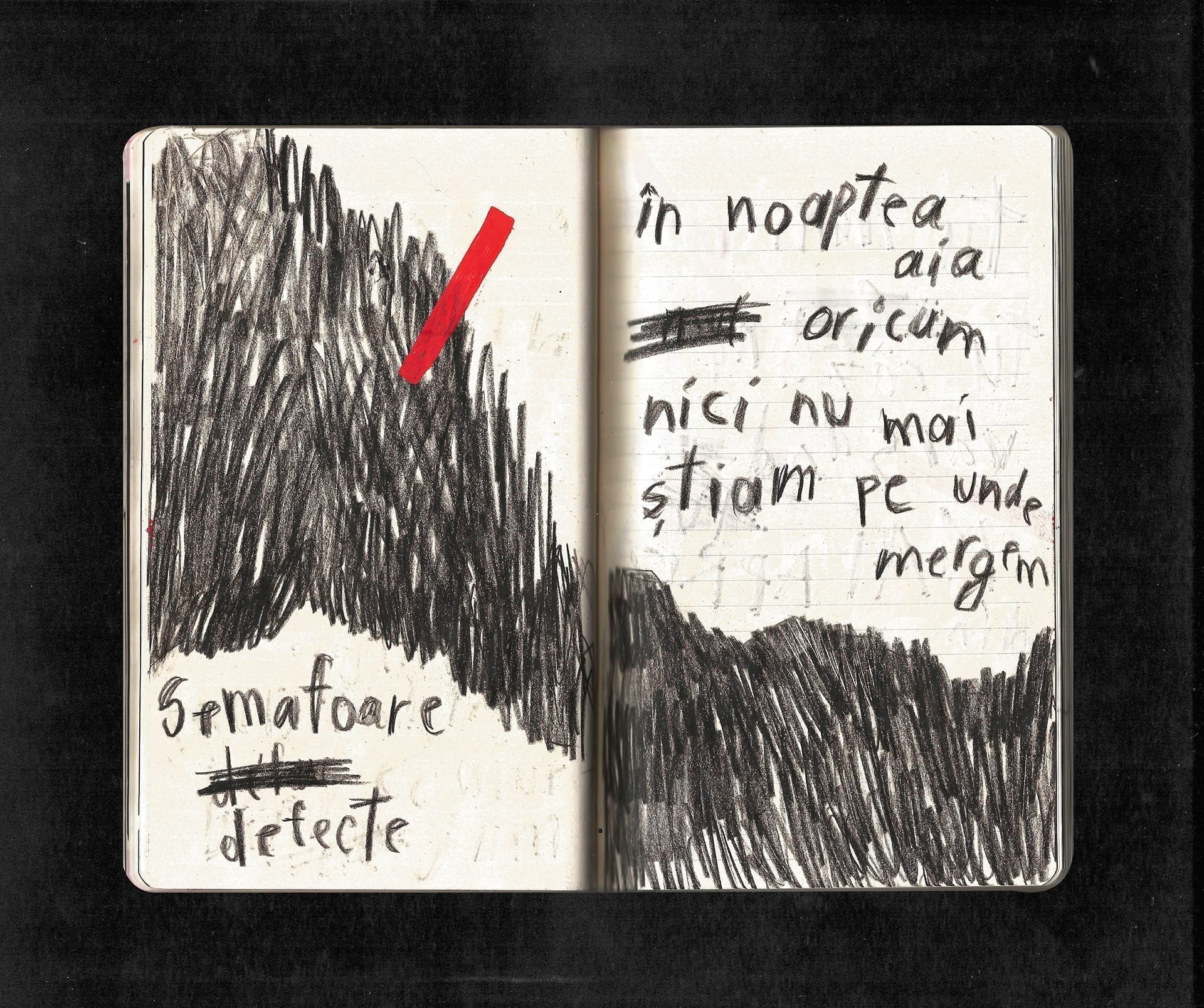
Broken traffic lights / That night, anyway, we didn’t even know where we were going
Follow Diana on Instagram, Facebook and Behance.
This article is part of the Un-hidden Bucharest series of interviews with street art and graffiti artists, published weekly on feeder.ro. Together we will enter their artistic universe and learn how the city can be regenerated through artistic interventions in the public space.
Keep your eyes on feeder.ro, we’ll publish new interviews soon with iZZY iZVNE, Maria Bălan, John Dot S, Livi Po, J.Ace, Robert Obert, KSELEQOQYNQYSHY, Primitiv Print, Livia Fălcaru, Skinny Bunny, Obie Platon, Alina Marinescu, Maria Duda, Trun, Meguru Yamaguchi, Tobias Barenthin Lindblad, Irina Marinescu, Kero Zen, Lost.Optics, Serebe, CAGE, ILUC, Nicolae Comănescu, Nicolás Alfalfa, Boeme1, SUNSHINERS, Jan Kaláb, Sorin Trăistaru – Bine Scris, Pisica Pătrată, Alexander Blot, and more.
Interview by Emilia Cazan
Images © Daia – Diana Grigore & Cătălin Olteanu (foto Visual Playground) & Cătălin Georgescu
Un-hidden Bucharest is an urban regeneration programme conceived as a series of artistic interventions designed for the public space, co-created with the community, aiming at humanizing Bucharest and promoting its understanding and exploration through art.
The Un-hidden Bucharest street art project is organized by Save or Cancel, through feeder.ro and is co-funded by AFCN. The program does not necessarily represent the position of the National Cultural Fund Administration. AFCN is not responsible for the content of the program or the way the program results can be used. These are entirely the responsibility of the beneficiary of the funding.
Organizer: The Save or Cancel team, composed of Cristina Popa (random) – social designer, editor, and cultural manager, and Andrei Racovițan (ubic) – architect, editor, and artistic manager, together with the audience, artists, collaborators și partners.
Project partners: CNDB, Faculty of Sociology and Social Work, Zeppelin, IQads, Igloo, Urban things, România Pozitivă, IQool
About Save or Cancel
Since 2008, Save or Cancel is a medium of communication and propagation of the arts and culture, promoting and facilitating their role in contemporary society.
The self-initiated multidisciplinary programs of Save or Cancel aim to identify sustainable and adaptable opportunities for (re) valorization of the existence through architectural, cultural and editorial projects.
Visit the project’s page Un-hidden Bucharest to find out more about past, current and future activities:






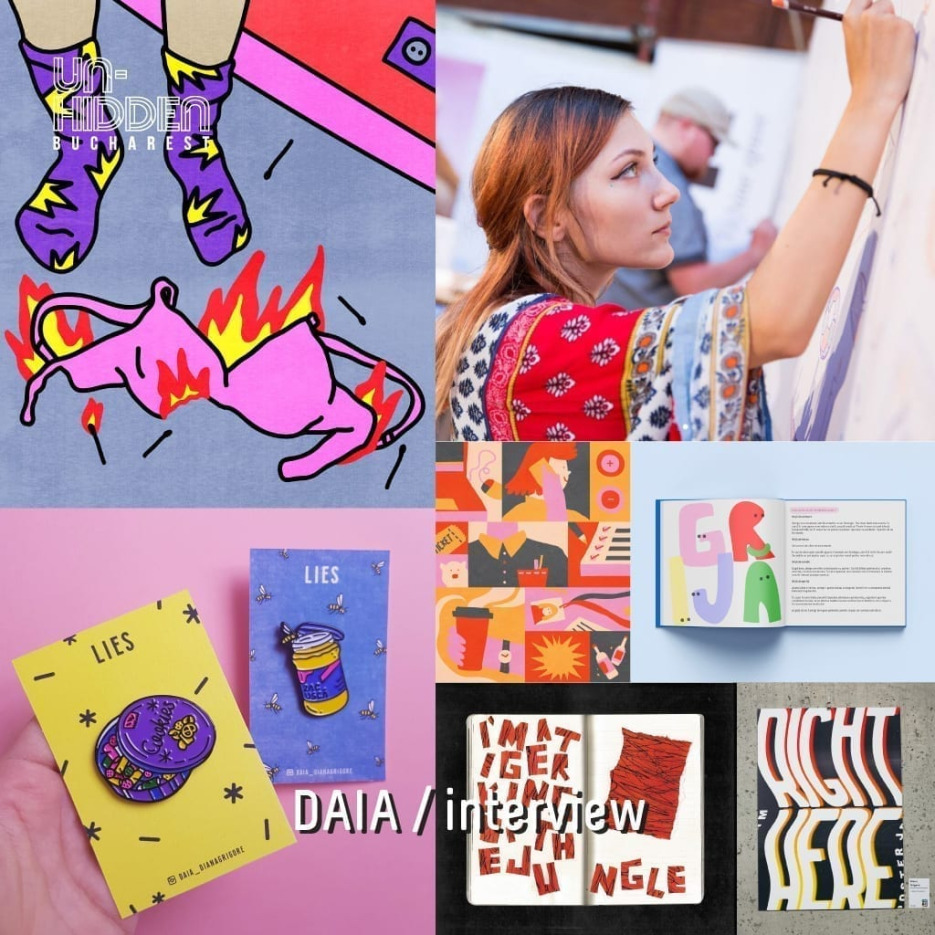
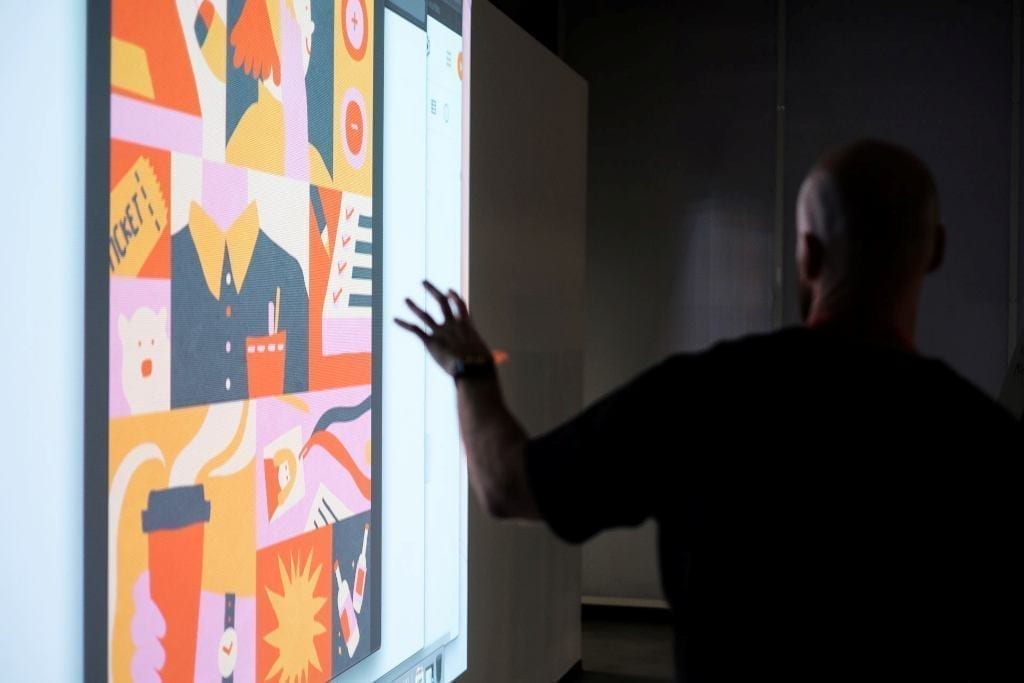
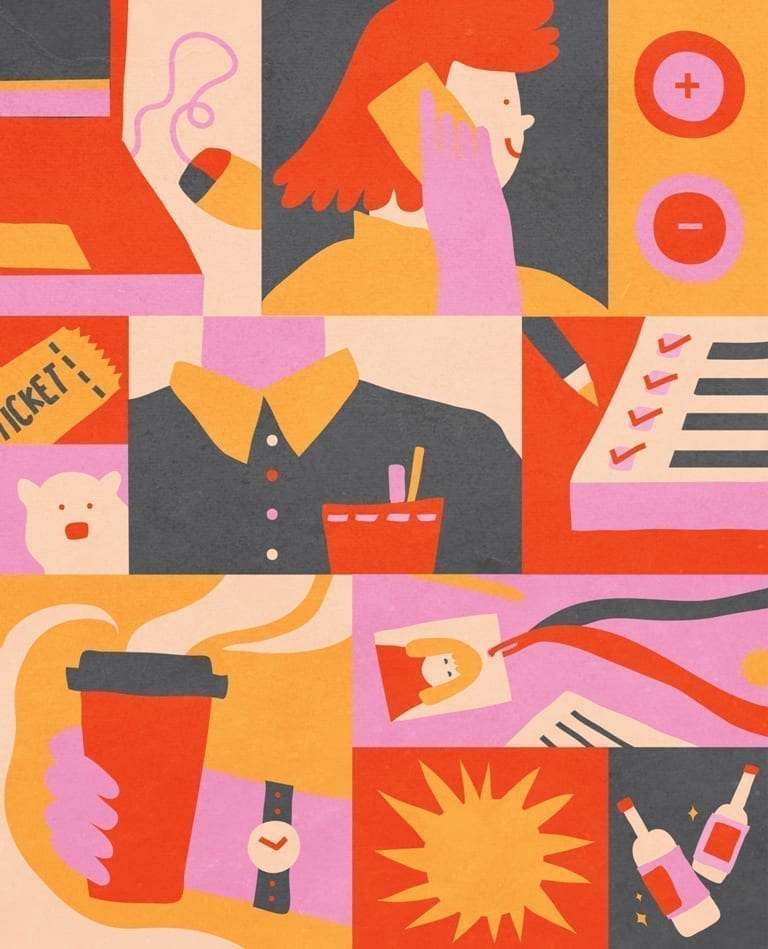
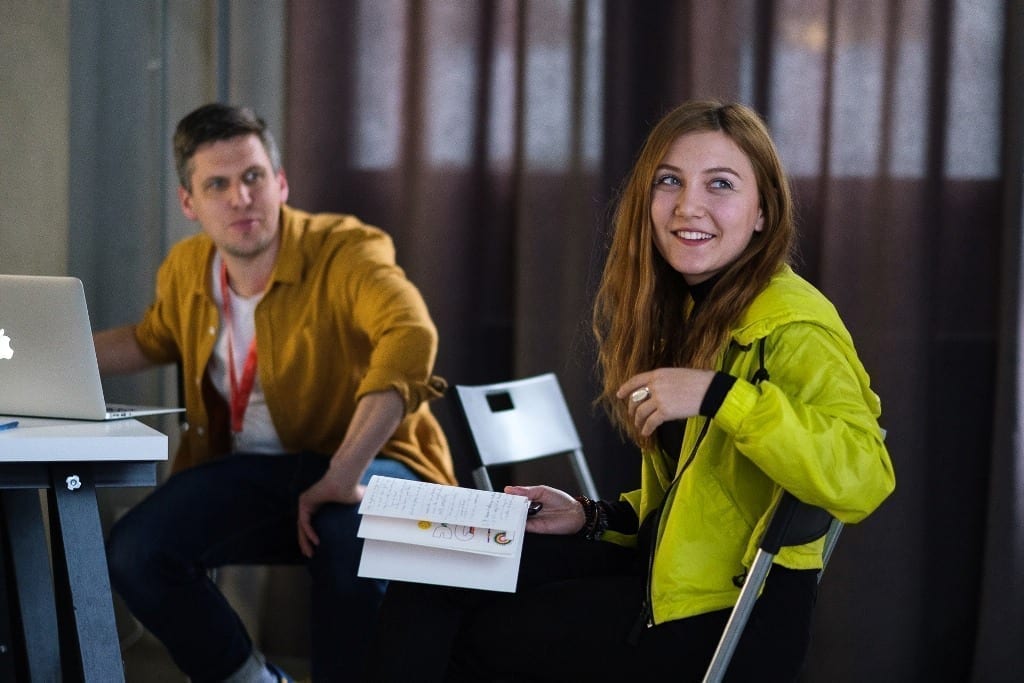
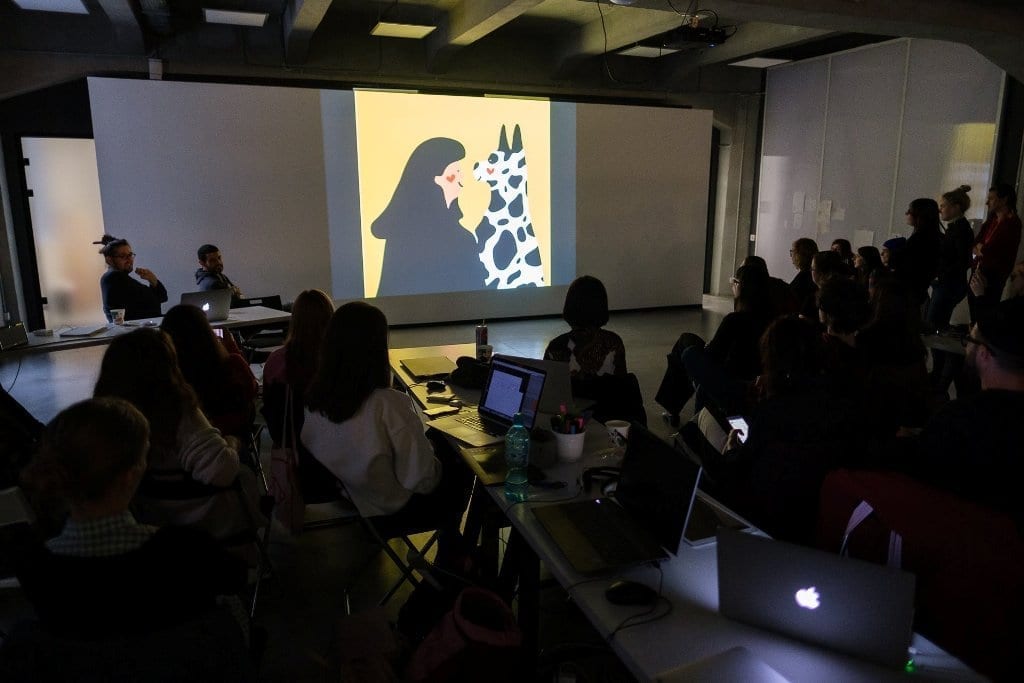
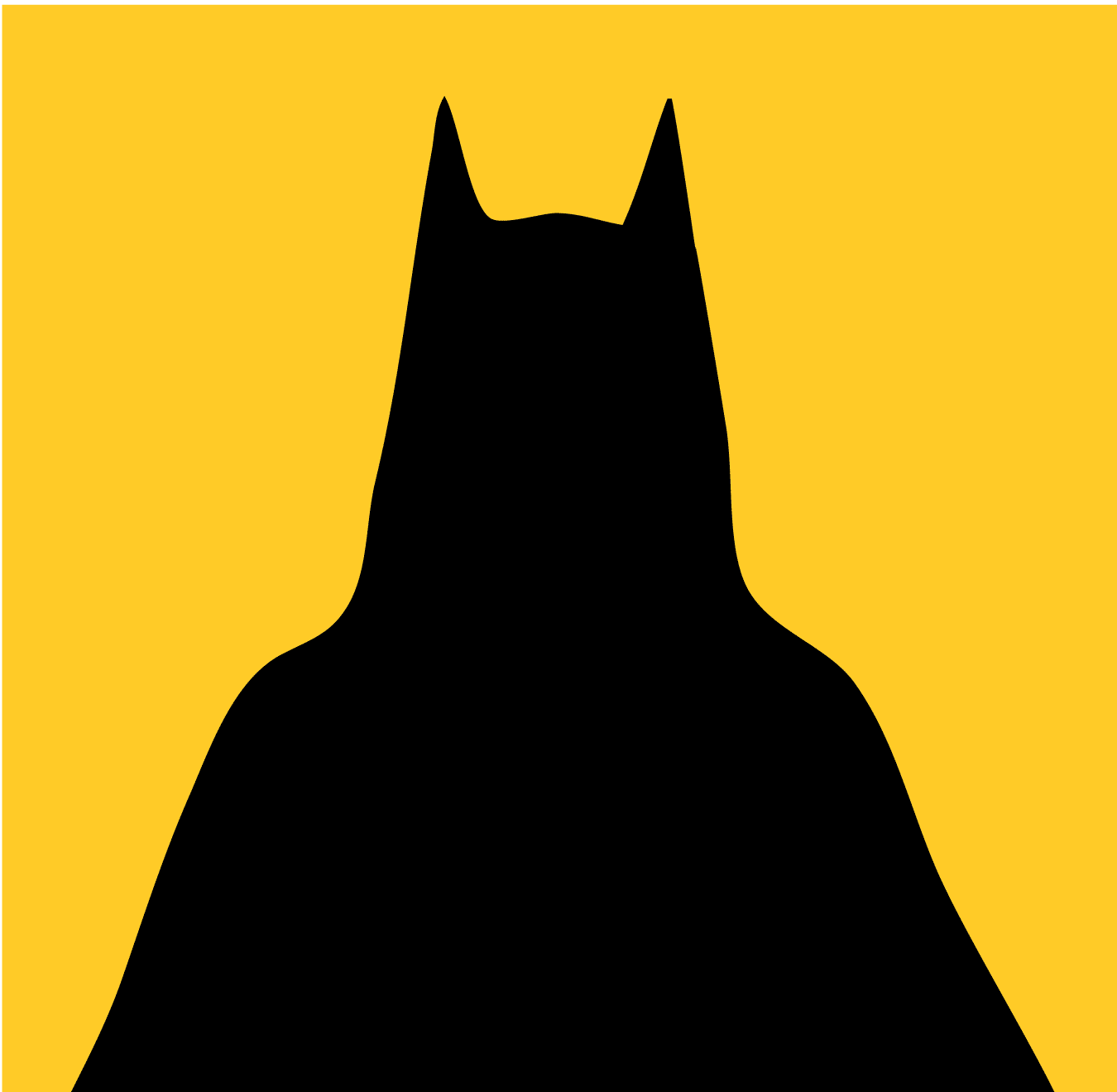
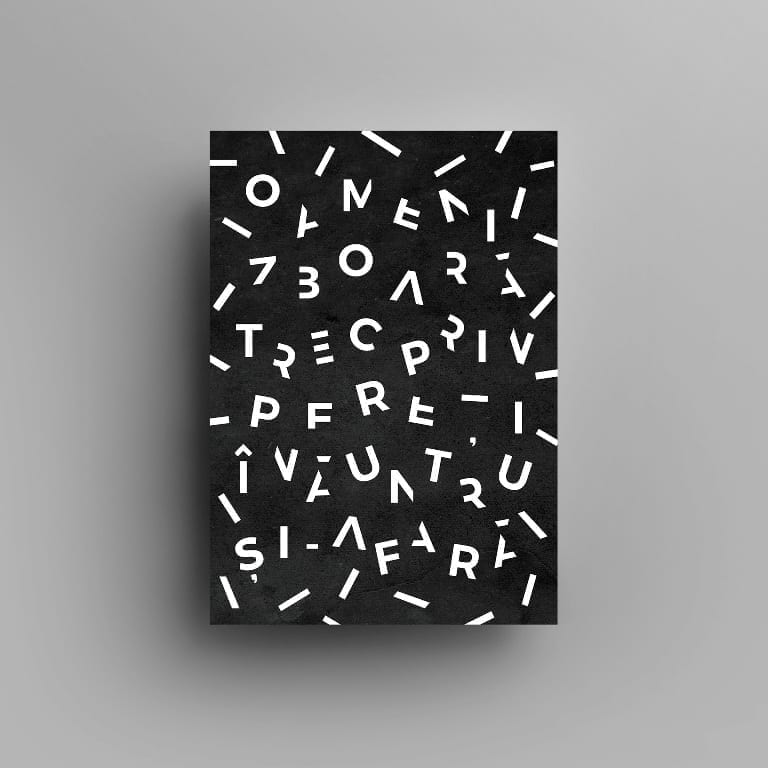
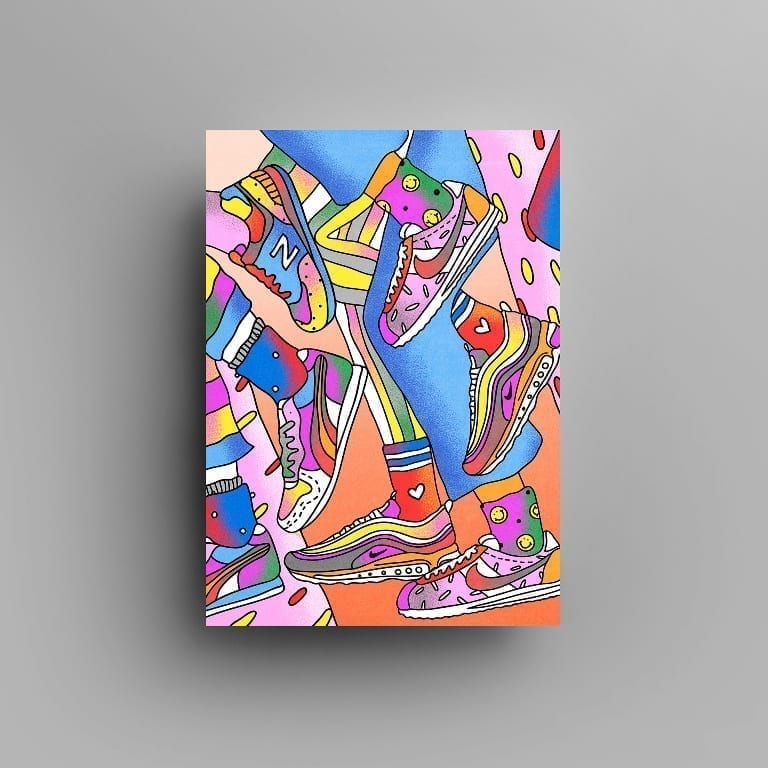
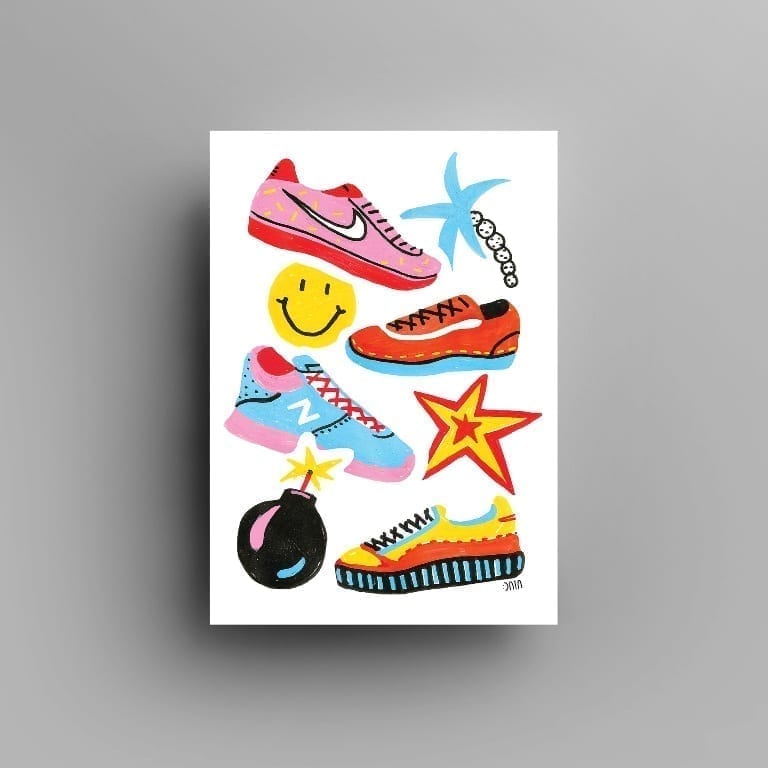
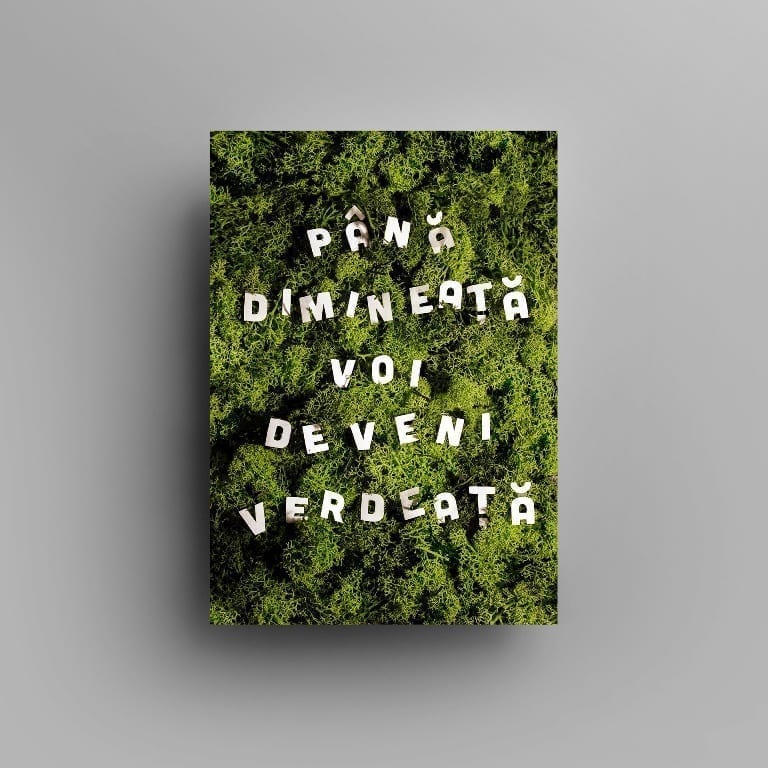
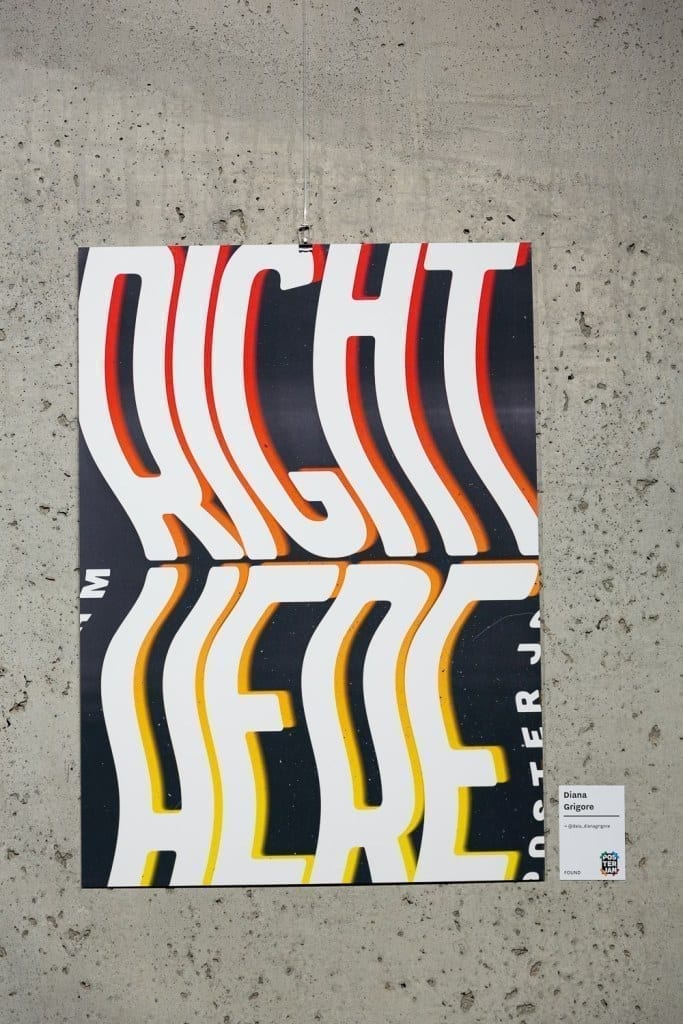
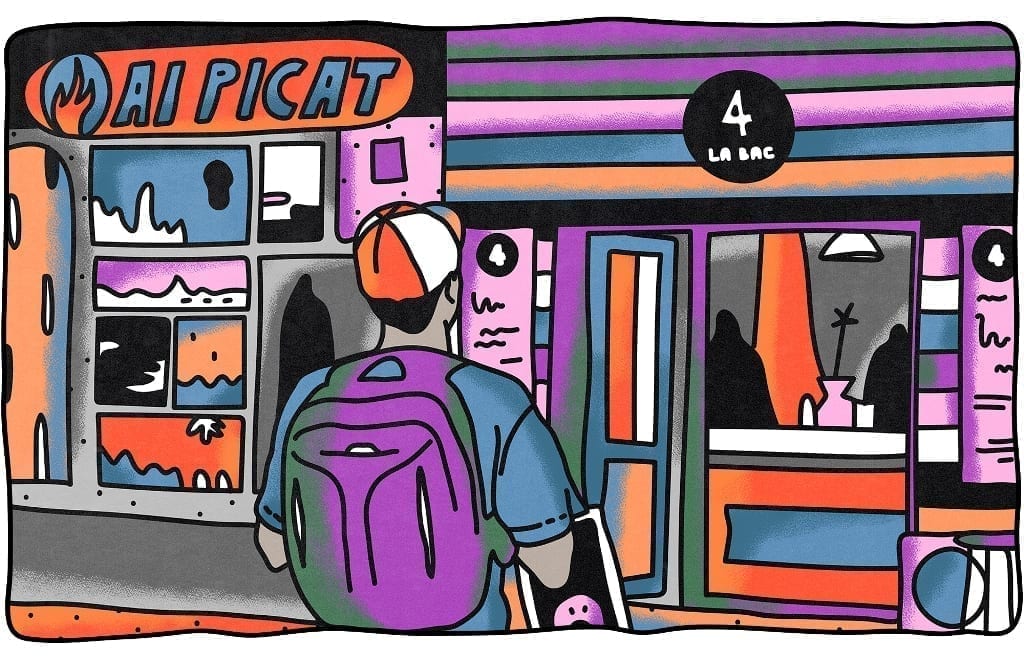
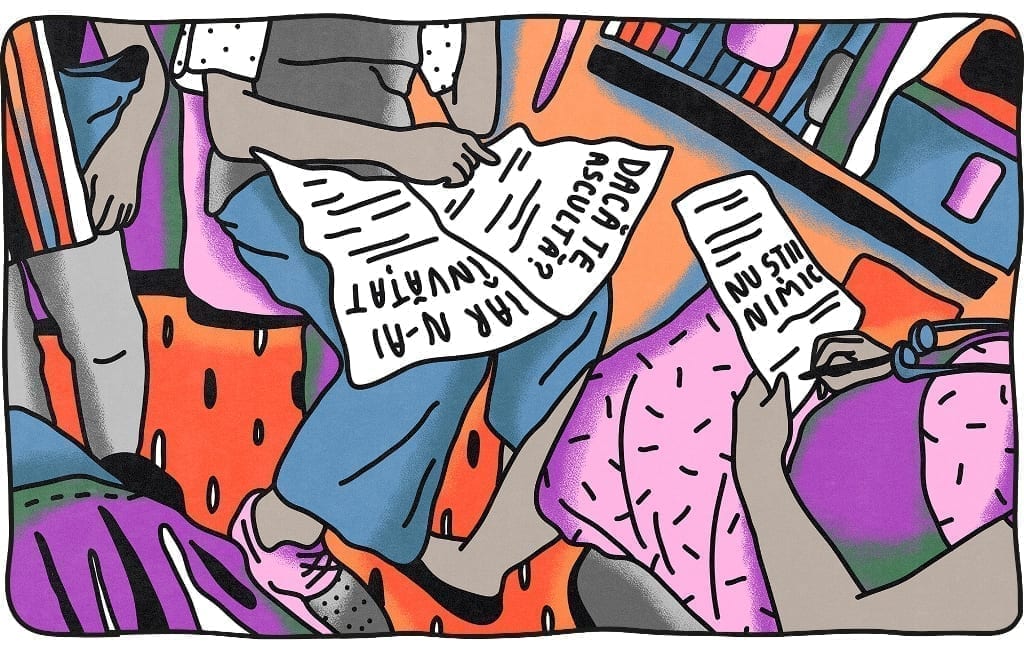
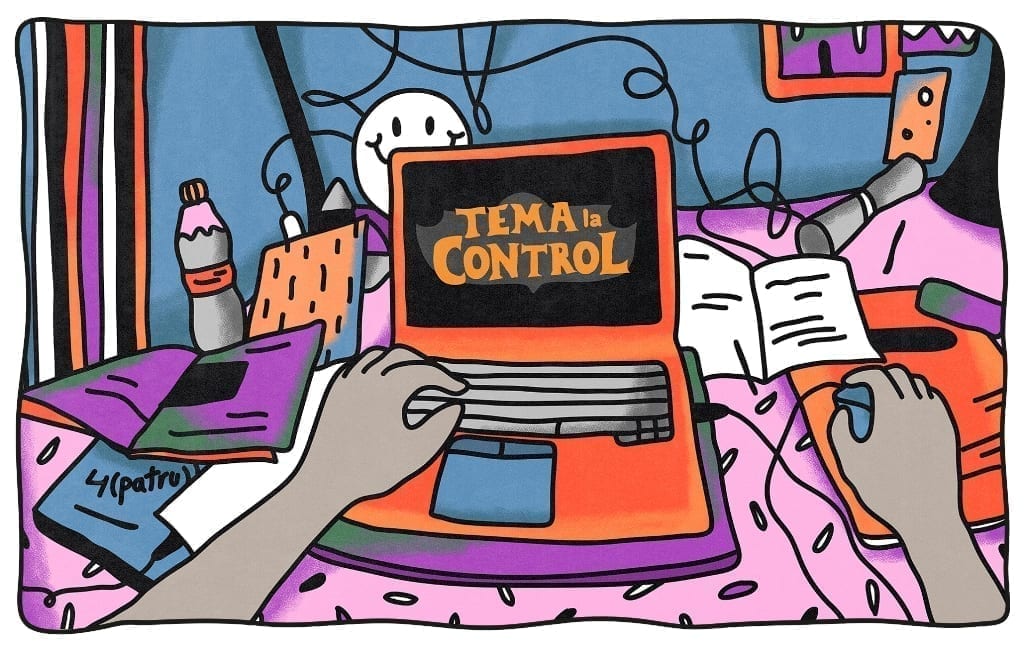
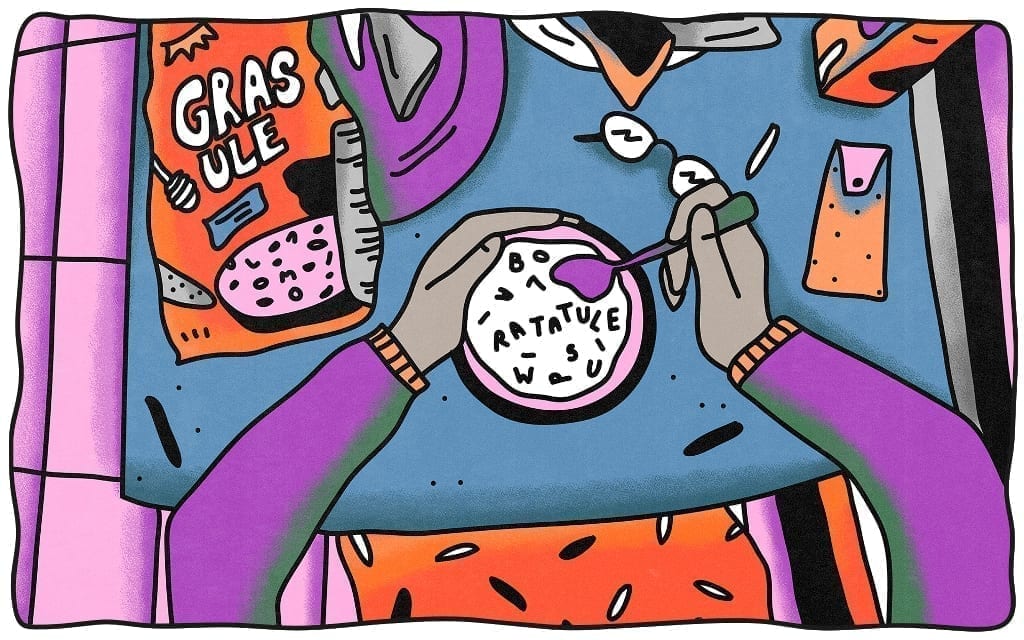
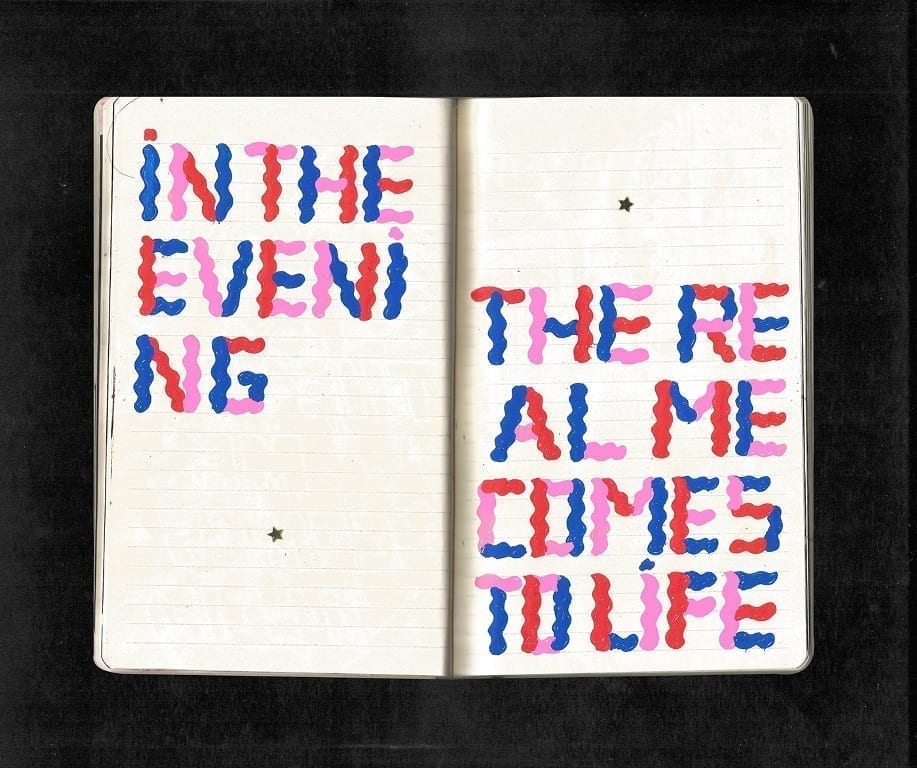
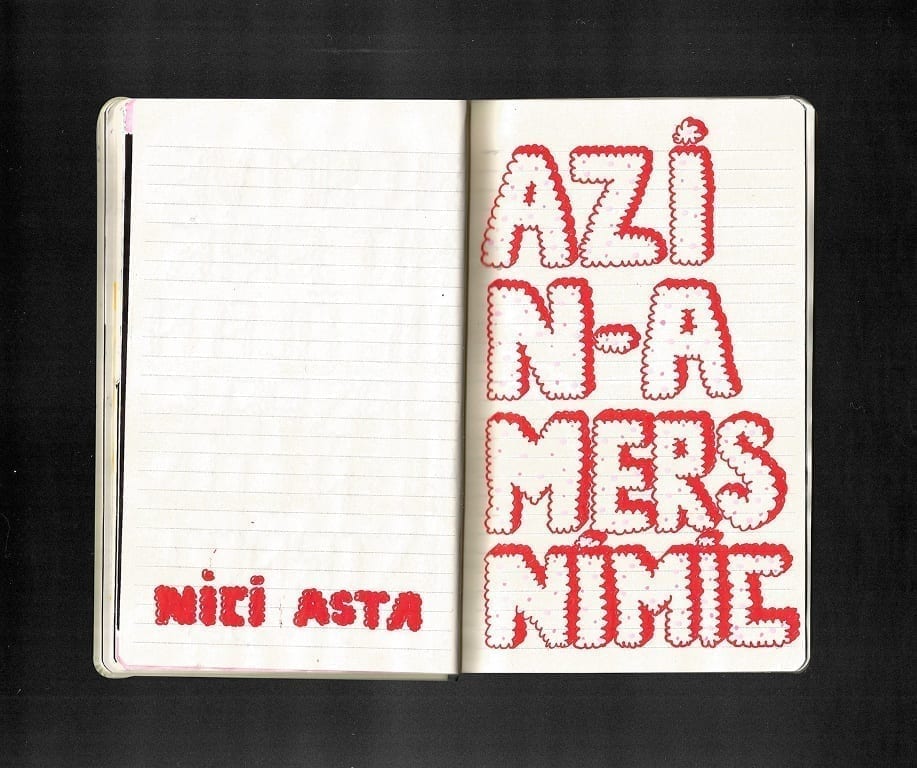
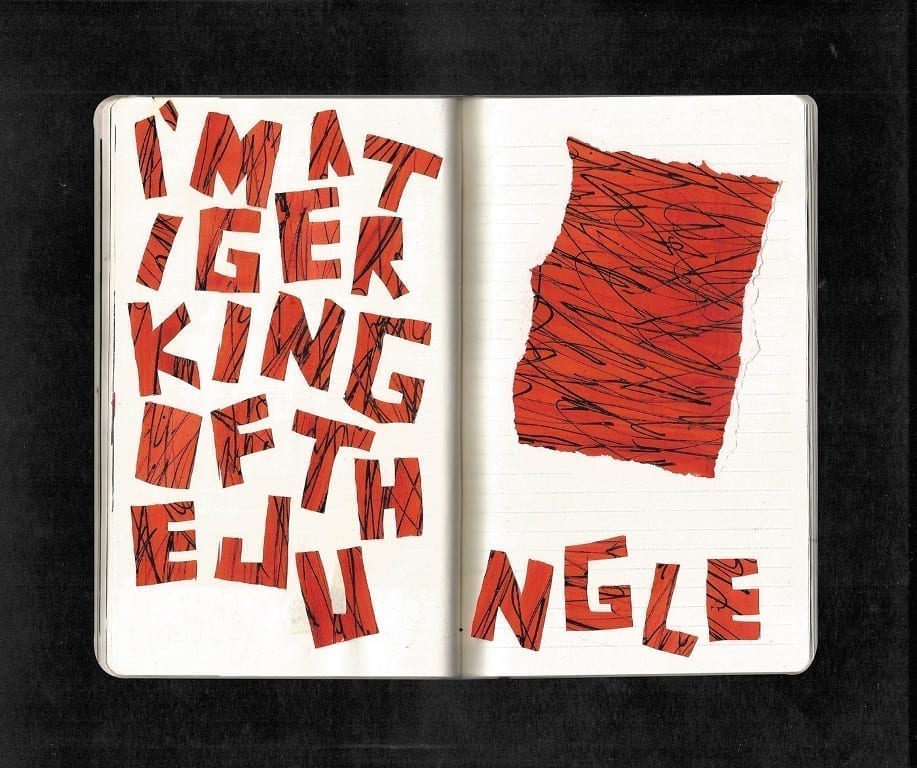
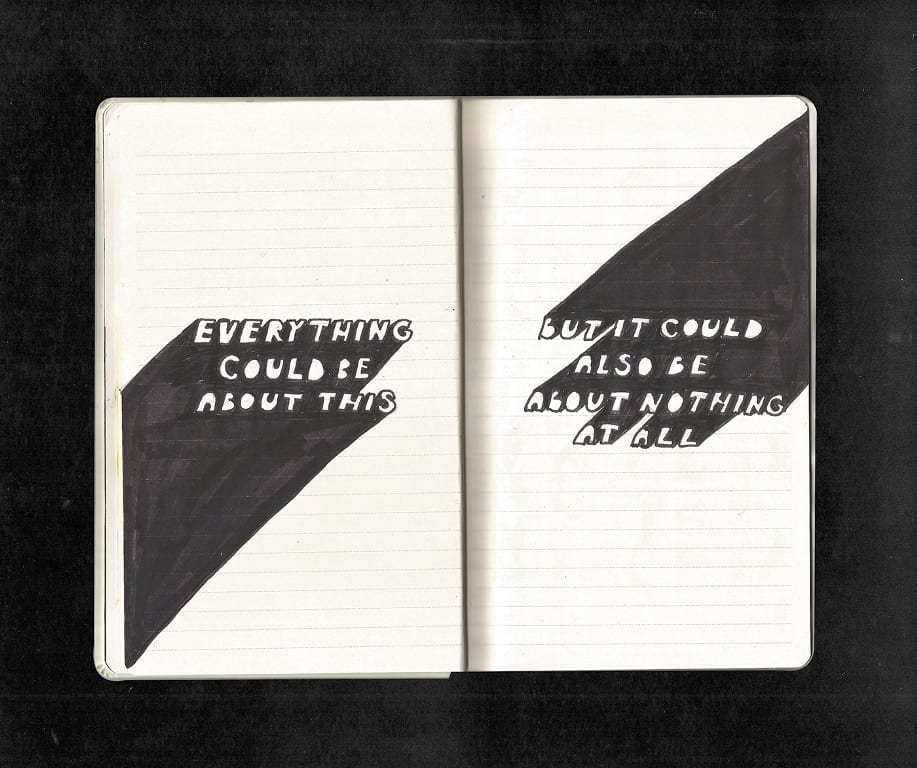
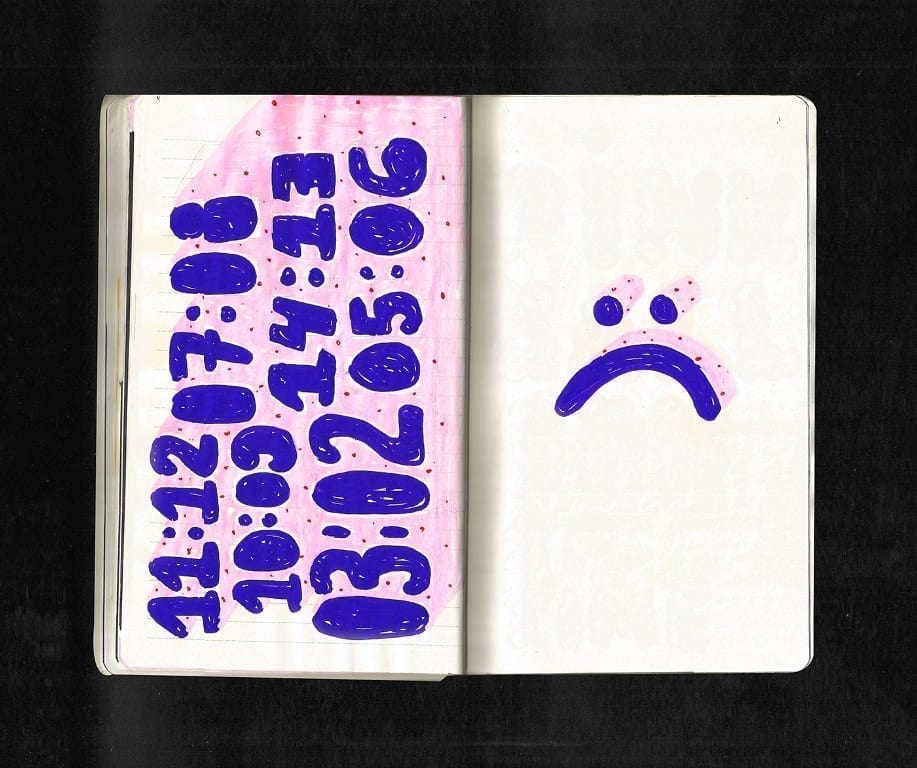
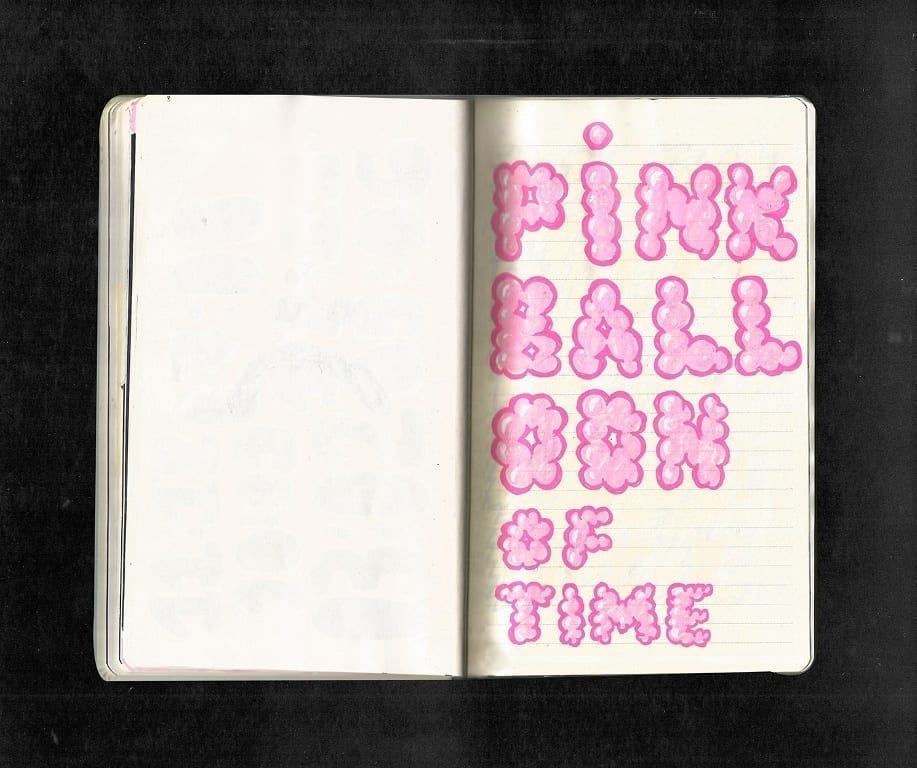
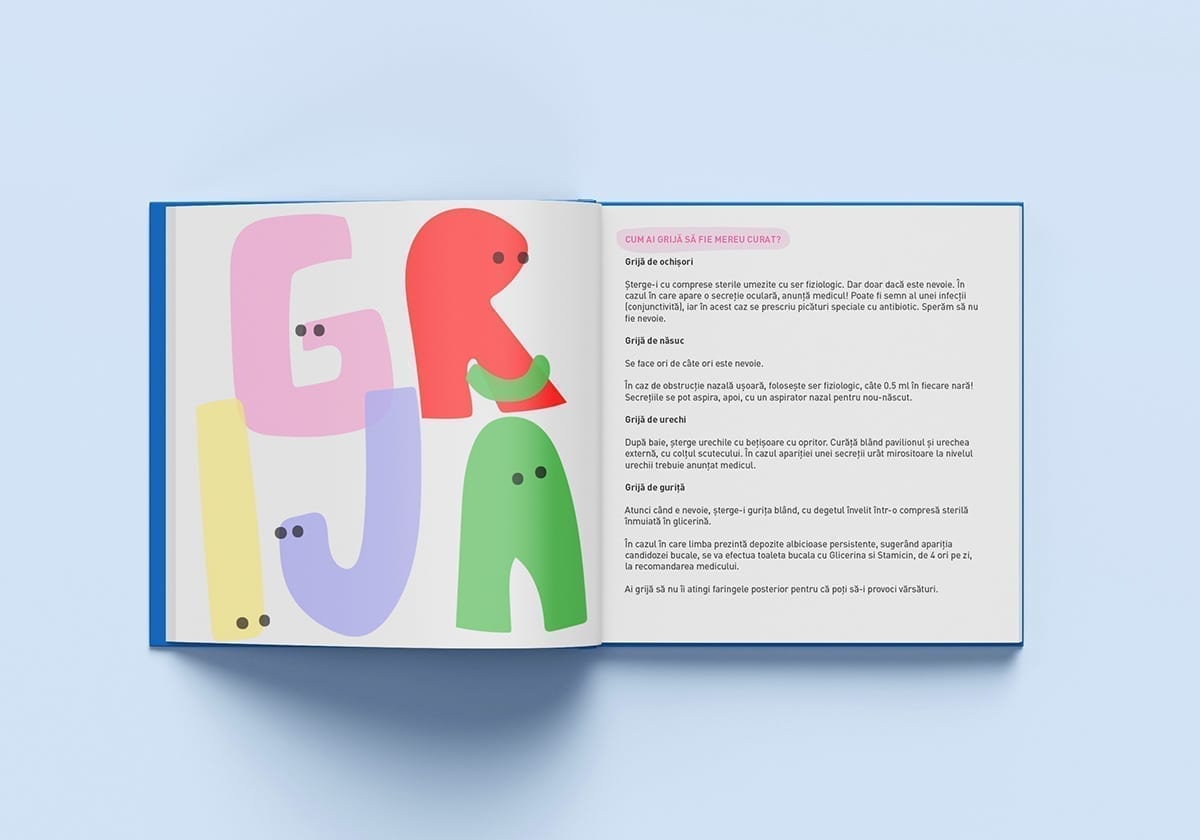
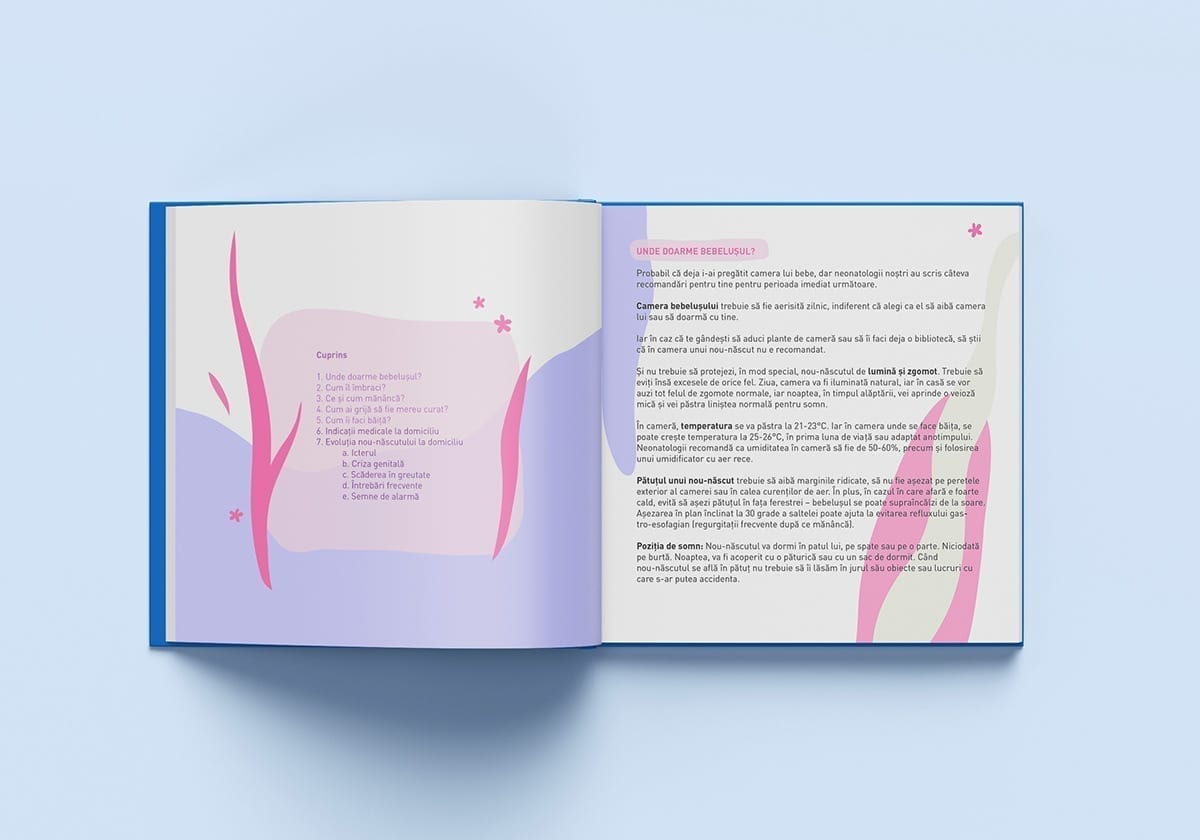
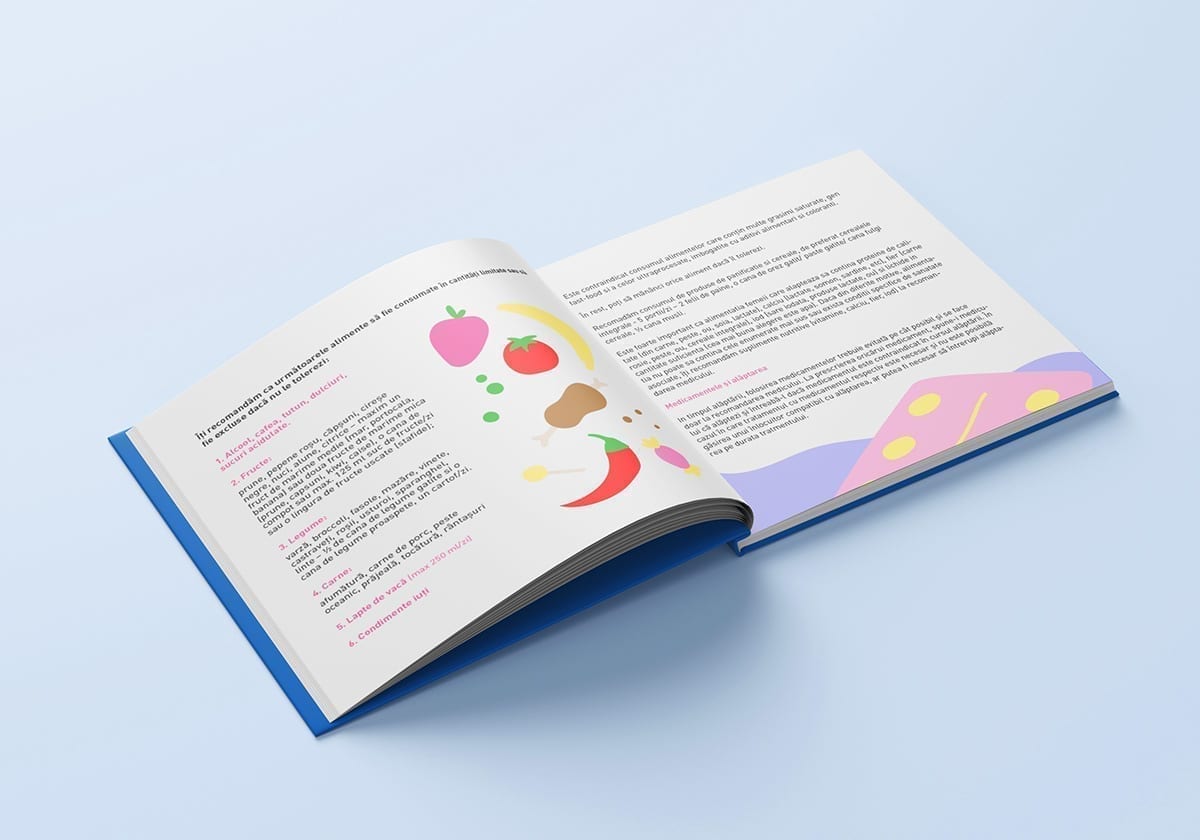
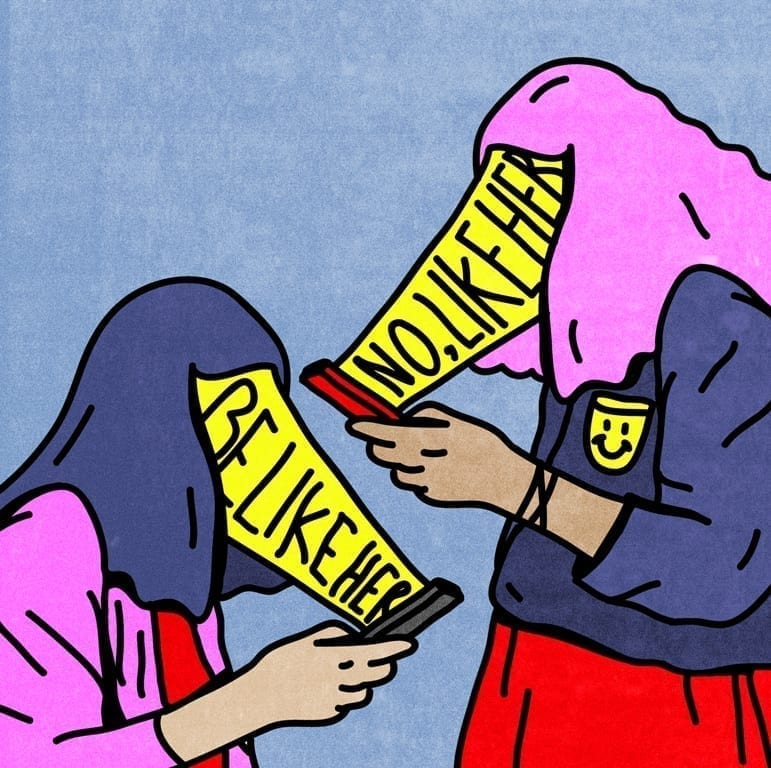
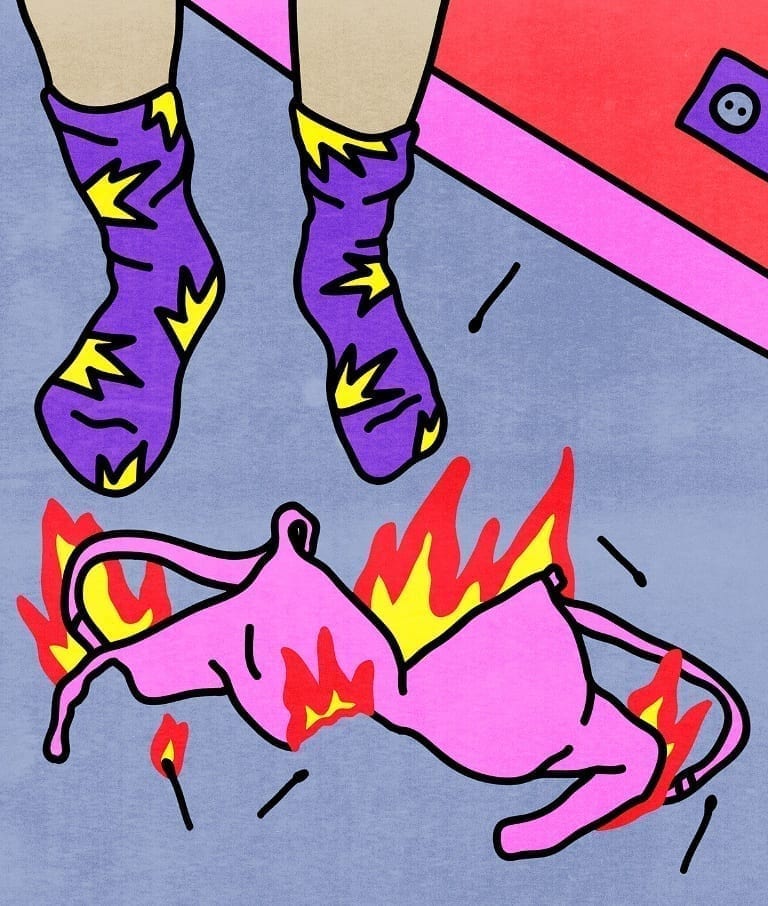
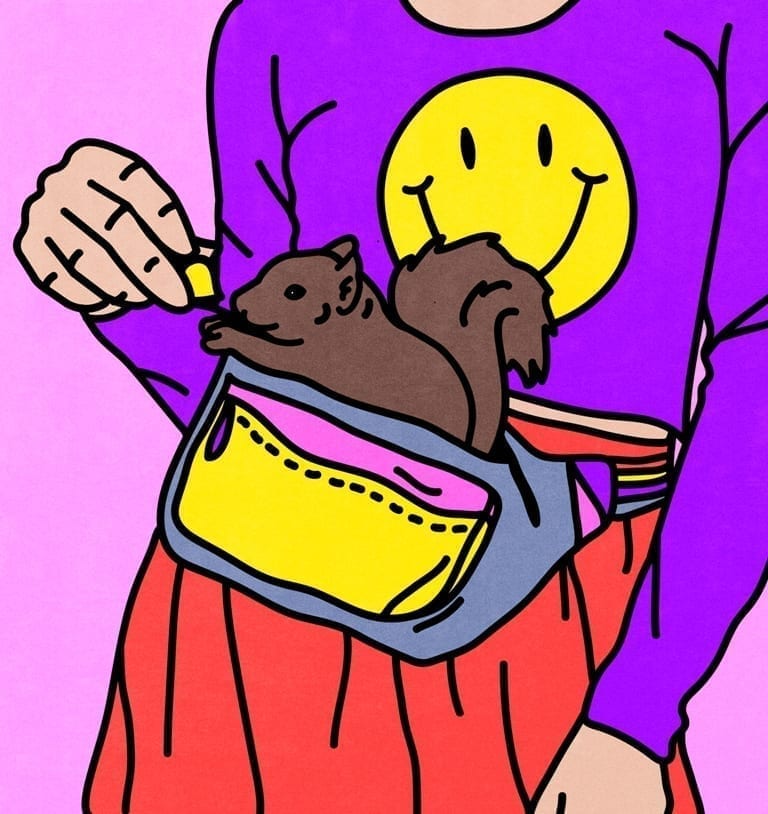
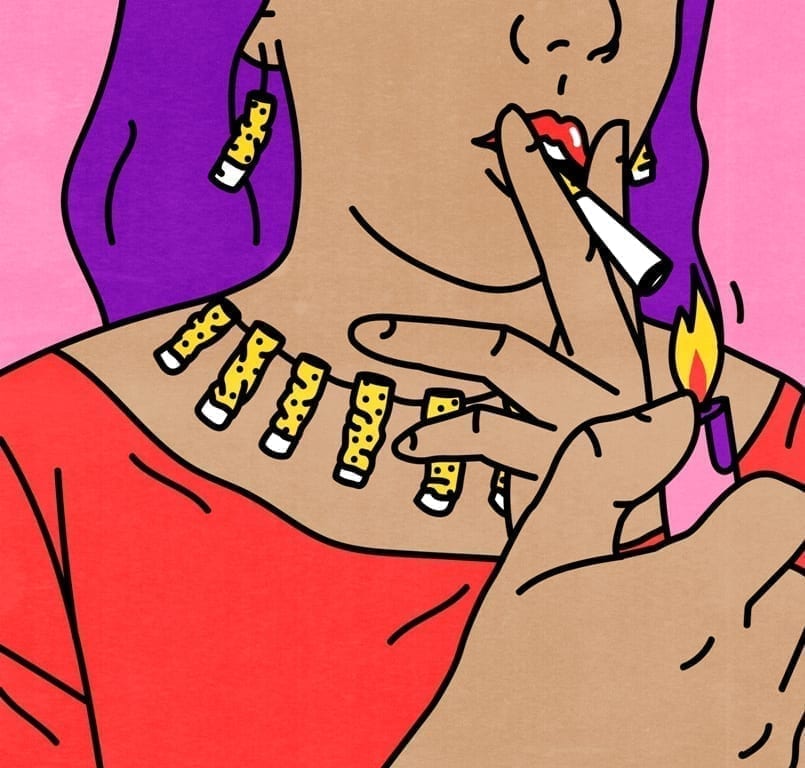
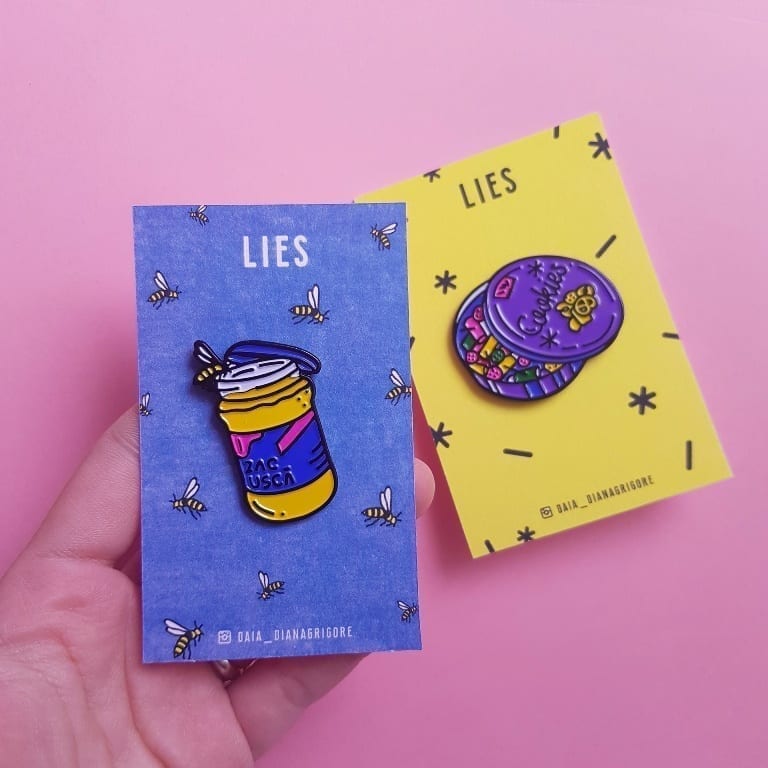
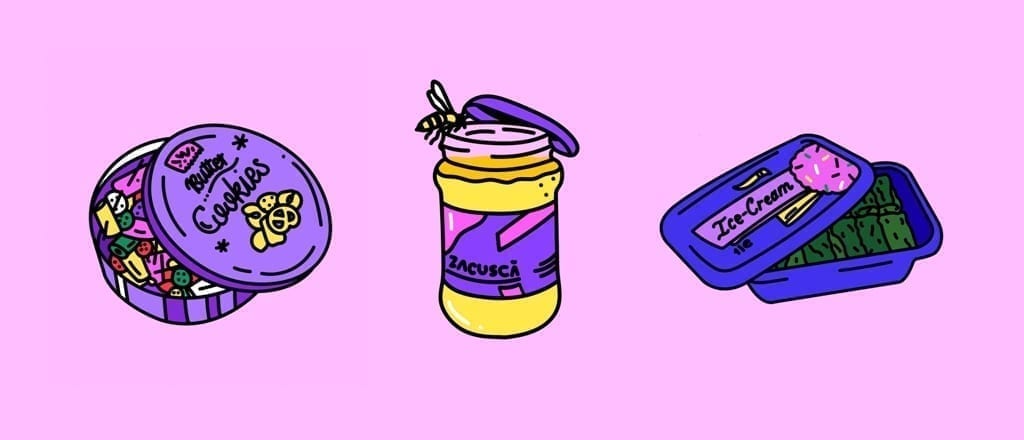
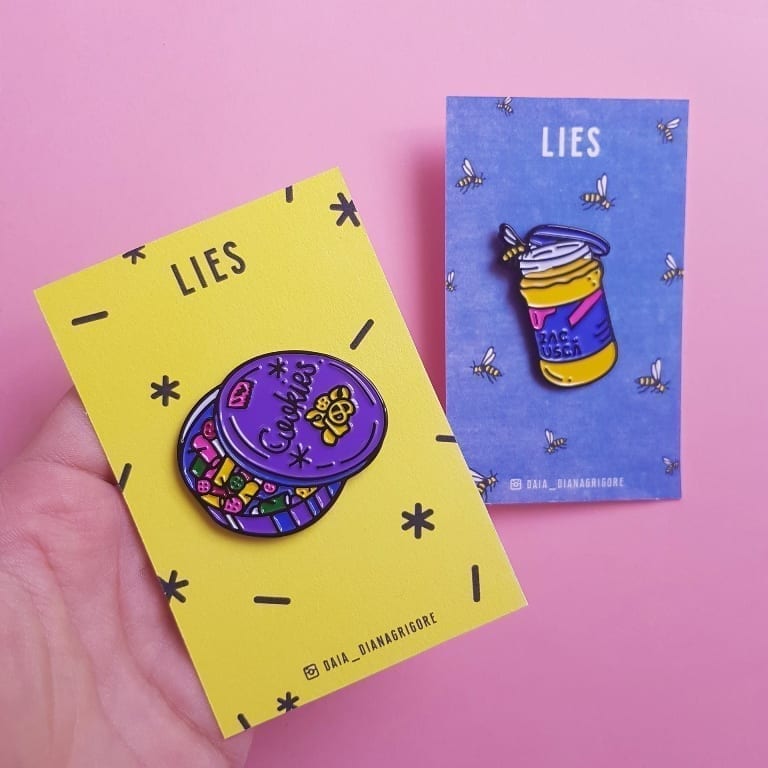
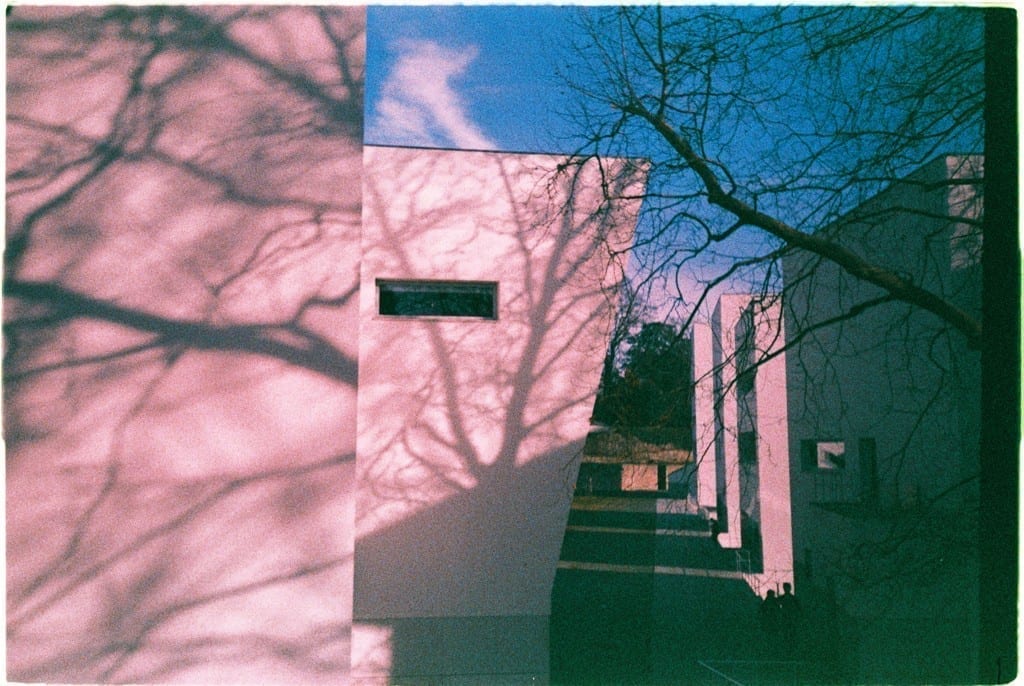
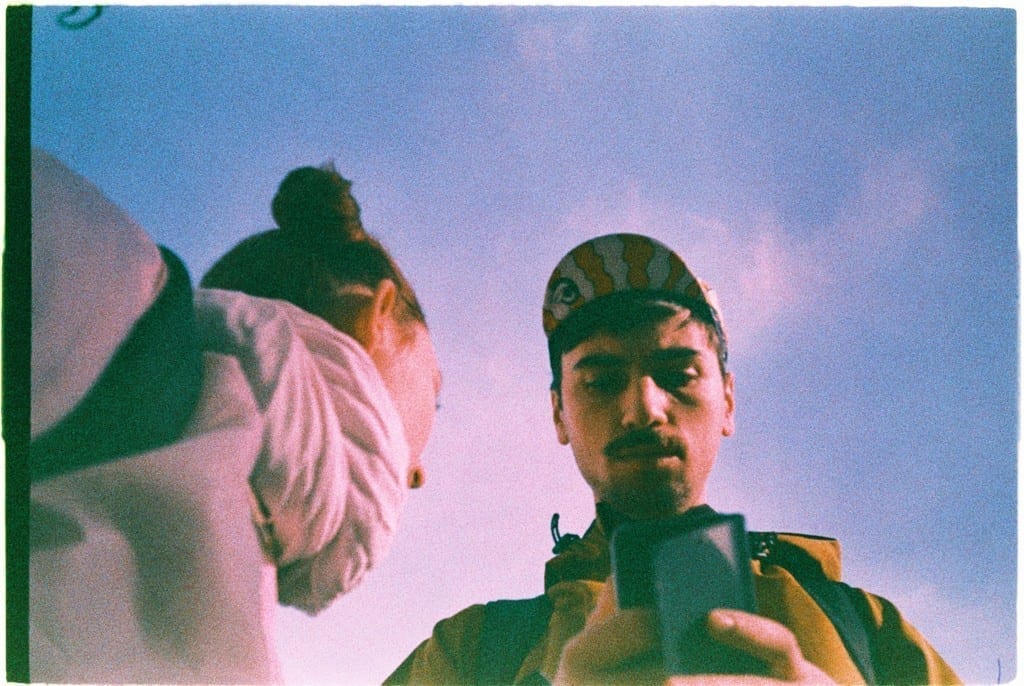
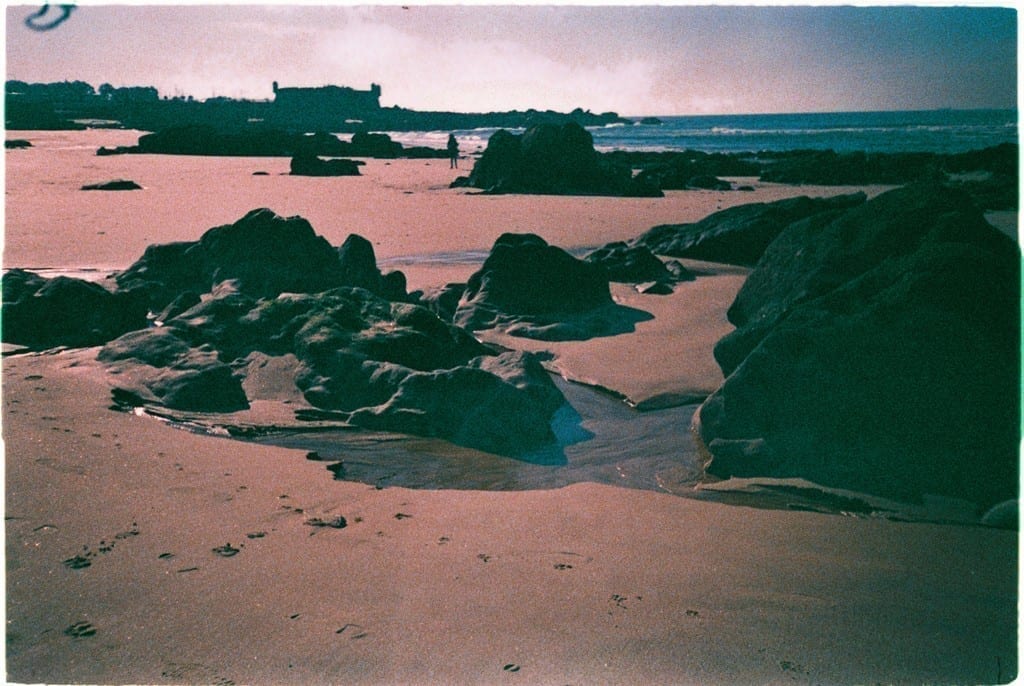
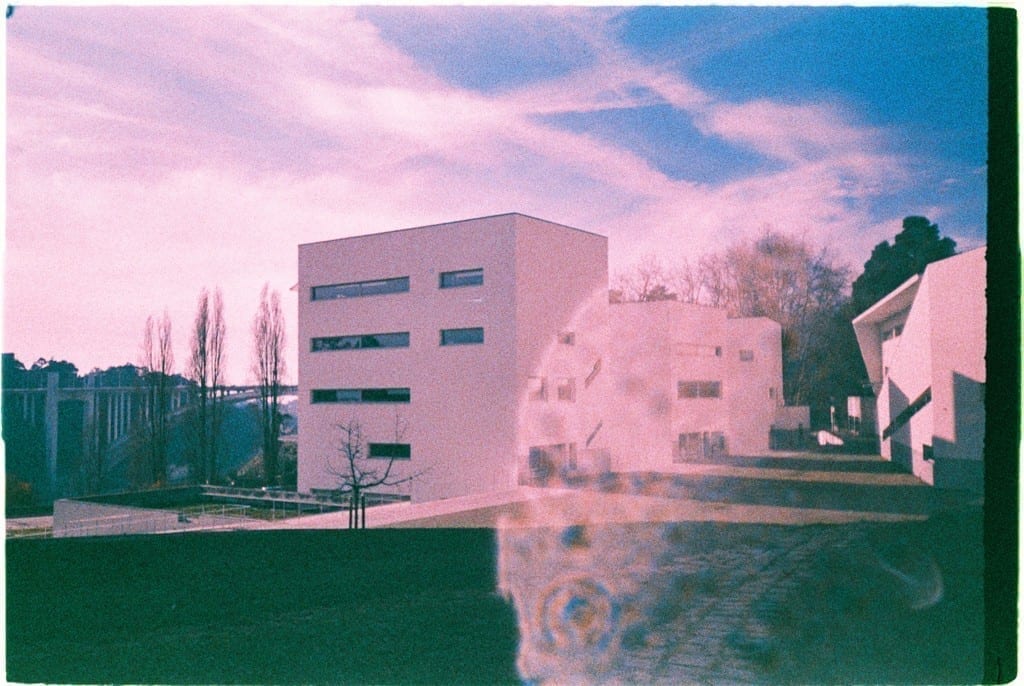
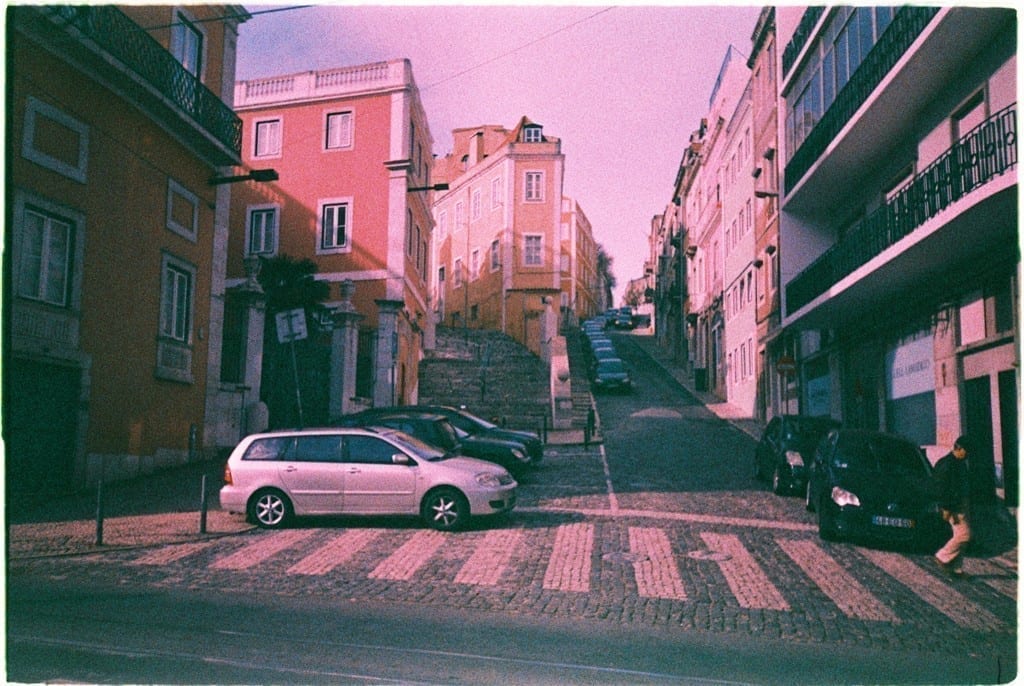
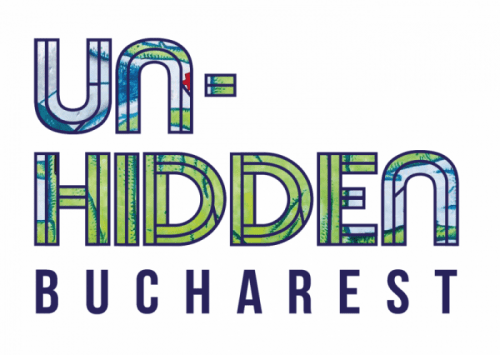
Pingback: Discover a new Un-hidden Romania 🇷🇴 interview with Japanese 🇯🇵 artist Aito Kitazaki [video] • Feeder.ro